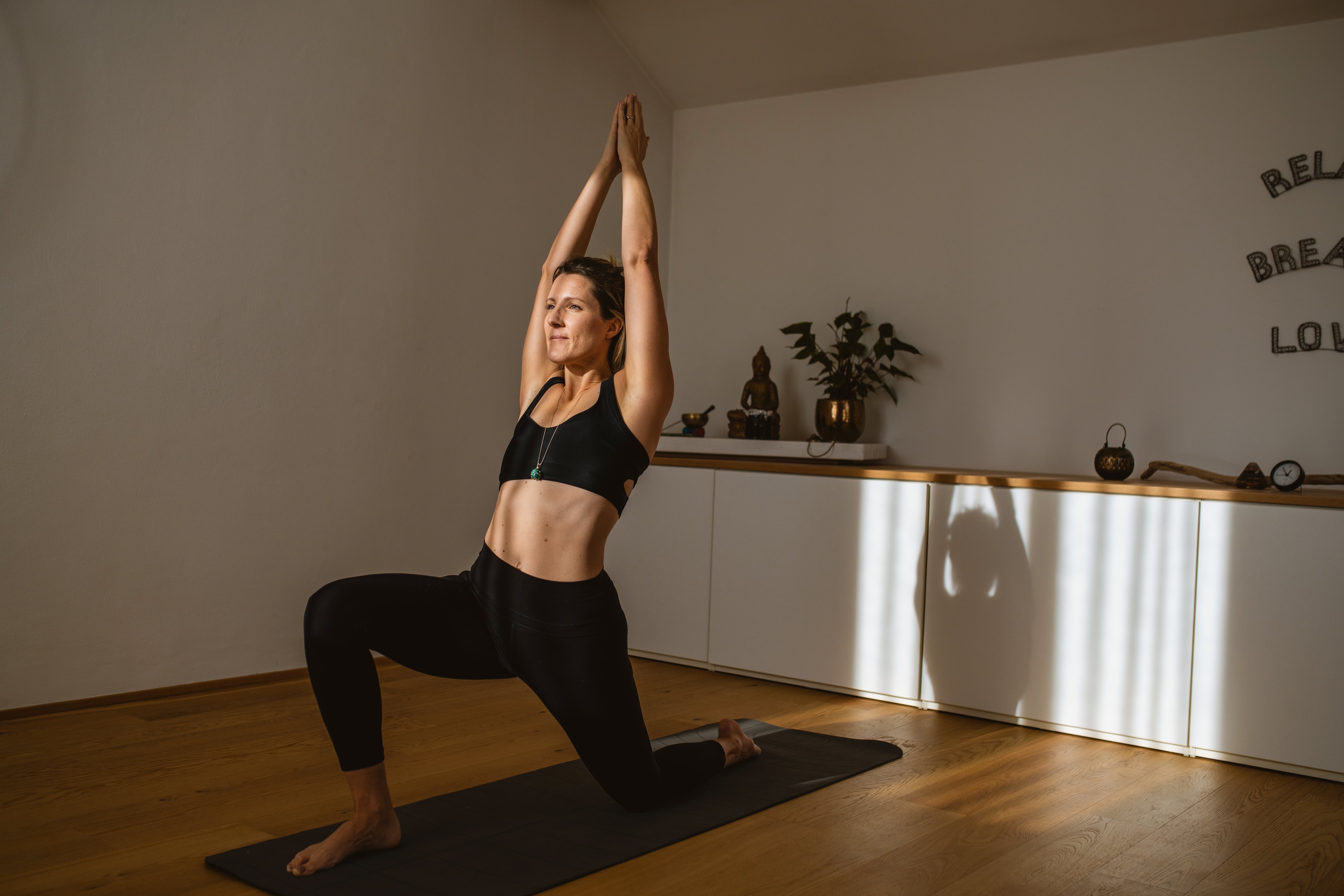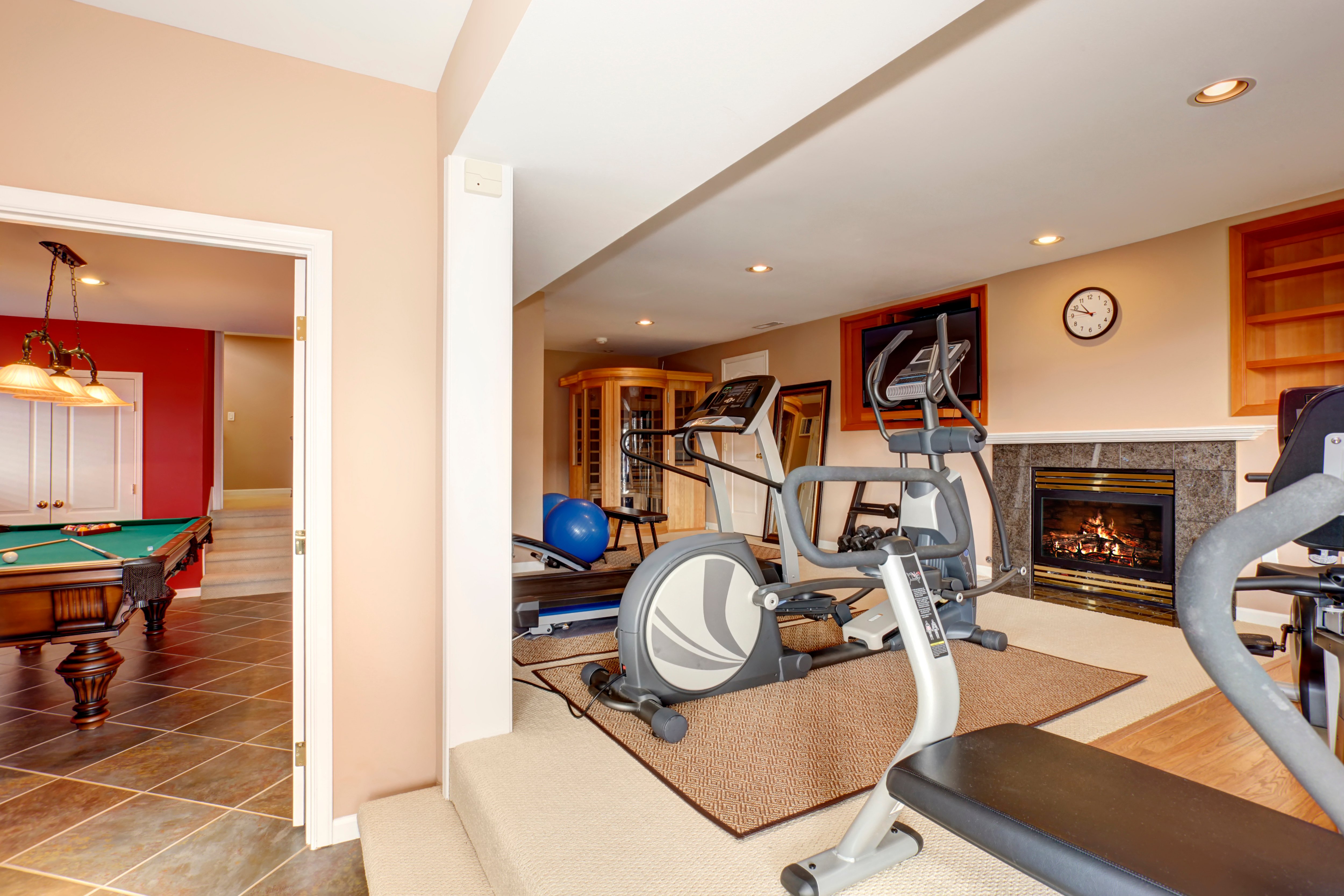
The cost of installing a wine cellar varies based on square footage, the type of wine cellar or wine cave, materials used, where it is located in the property, and where you live. Use this guide to find how much your wine cellar will cost.
Bring your basement to life with these home gym ideas


If you’re one of many people who have an unused basement space, then you may want to consider converting it into your own personal home gym. Not only will the space be put to good use, but it’ll help you crush any excuses to reach your workout goals. Bad weather, your crazy schedule, or limited gym hours won't impact your commute down the stairs. Additionally, an unfinished basement, with its concrete floor and exposed joists, are a blank canvas waiting for your creative basement home gym ideas and vision.
Before jumping in headfirst into any commitments, ask yourself the following questions to help you make a plan and understand what considerations you may need to address first:
Does your basement have space for a gym? Is it big or small?
Is your basement finished or unfinished?
Does your basement need a deep cleaning?
Do you want to incorporate a specific design aesthetic?
What is your workout style and what equipment will you need?
Is there adequate natural lighting?
Are there electrical requirements that need to be addressed?
What type of flooring do you want to install?
Are there health and safety issues that need to be addressed?
Before you make any big decisions, think about the status of your basement — is it finished or unfinished? Your basement is “finished” if stable flooring, drywall, and insulation have been installed. While it’s exciting to work with a space that isn’t finished since it’s more of a clean slate (and it’ll add to your home’s value!) it’s important to consider if you want to finish the space since it’ll cost more.
Of course, the cost will depend on a few factors like where you live and what you need to be done, but finishing a basement costs about $7 and $23 per square foot with an average of $15 per square foot. To put it into perspective, homeowners can expect to pay anywhere from $2,800 to $34,000, or about $18,500 on average, for a 400 to 1,500 square foot space. This price includes labor, materials and any permits you need (plus more if you use pricy materials and adding furniture and décor).
If you’ve ever worked out in an overcrowded gym, you know it isn’t a fantastic experience. Take time to carefully plan, measure, and consider how you’d like to layout your basement home gym, so it doesn’t become too cramped. Ideally, your workout area should be as spacious as possible to allow for floor exercise and accommodate training equipment and storage.
For example, if you prefer to zone out and watch TV while you run on the treadmill, place your cardio machines in front of it. If you have windows in your basement, place the TV in a darker area to avoid glare and consider using the window area as a spot for yoga. Going through this process will help you balance your exercise goals, your available space, and your budget.
It’s easy to tell ourselves that if we have a home gym, then we need to deck it out with every piece of gym equipment possible. While that may work for some gym rats, you’ll probably be more likely to use your basement home gym if you design it for your wants and needs.
Do you prefer to lift weights instead of doing cardio? Then create a space that facilitates strength training. If you prefer to practice more meditative workouts, then design your space accordingly.
If you’re on a tight budget and you’re new to training at home, then invest in gym equipment for your basement home gym slowly and build momentum. If you’re interested in starting with the basics then get a box that can hold a kettlebell, some small dumbbells, a yoga mat, foam roller, and resistance bands. Once you train consistently, invest in different pieces of gym equipment.
Investing in a new floor can elevate both the look of your basement home gym and your training game. Since there are a lot of options for home gym flooring, it's hard to decide which one is right for your space. Most importantly, the flooring you select for your basement home gym needs to be durable to withstand the impact of your routine and equipment.
Some of the best materials to consider for your home gym floors include rubber, foam, vinyl, wood, and carpet. The most popular basement home gym flooring option is rubber since it’s a great covering for most surfaces, including hard concrete floors, and can support even the heaviest exercise equipment.
Since there isn’t usually a lot of natural light available in basements, it’s essential to choose lighting options that’ll help your basement home gym reach its full potential. There are plenty of lighting solutions available for your style, budget, and needs, including ceiling-mounted lights, wall sconces, floor lamps, and table lamps. Lights that are closer to the ground will create a cozy vibe, but ceiling lights will help to brighten the entire space, which is best for a basement home gym.
Check out these 6 home gym ideas that change the way you’ll think about your basement space.






From average costs to expert advice, get all the answers you need to get your job done.

The cost of installing a wine cellar varies based on square footage, the type of wine cellar or wine cave, materials used, where it is located in the property, and where you live. Use this guide to find how much your wine cellar will cost.

A basement bar can add value to your home and serve as a great place to entertain. Use this guide on the cost to build a bar in your basement to get started.

The first step toward a cozy finished basement is adding its framing. How much does it cost to frame a basement? Let's break down the numbers.

When it comes to creating a downstairs oasis, knowing who to hire to finish your basement is key. Here's how to find the best professional for the job.

Thinking of refinishing your basement and looking for basement remodel ideas? Check out 25 ways to transform your subterranean space.

Discover the pros, cons, and what it takes to turn a crawl space into a basement to add functional space and increase your home's value.